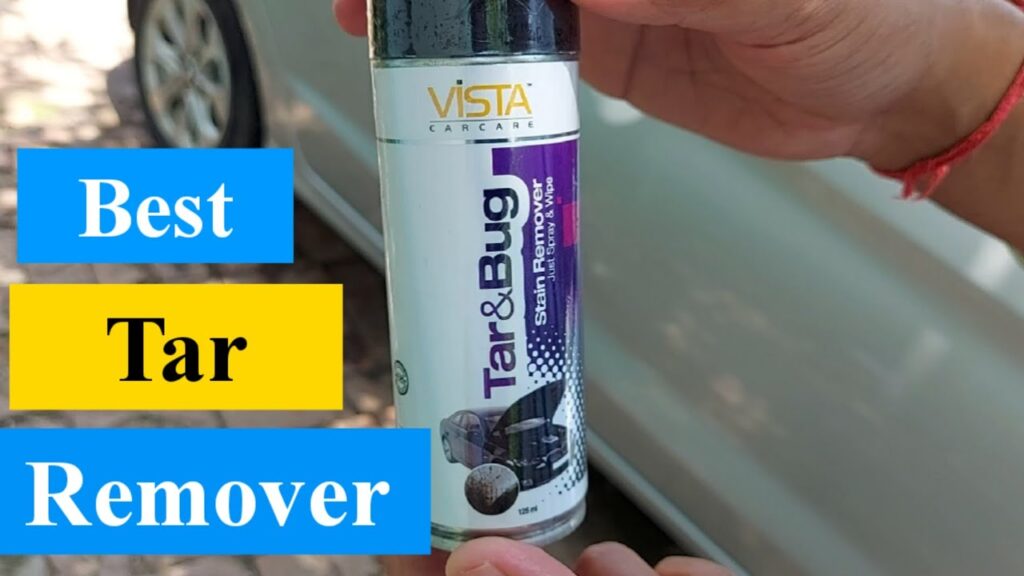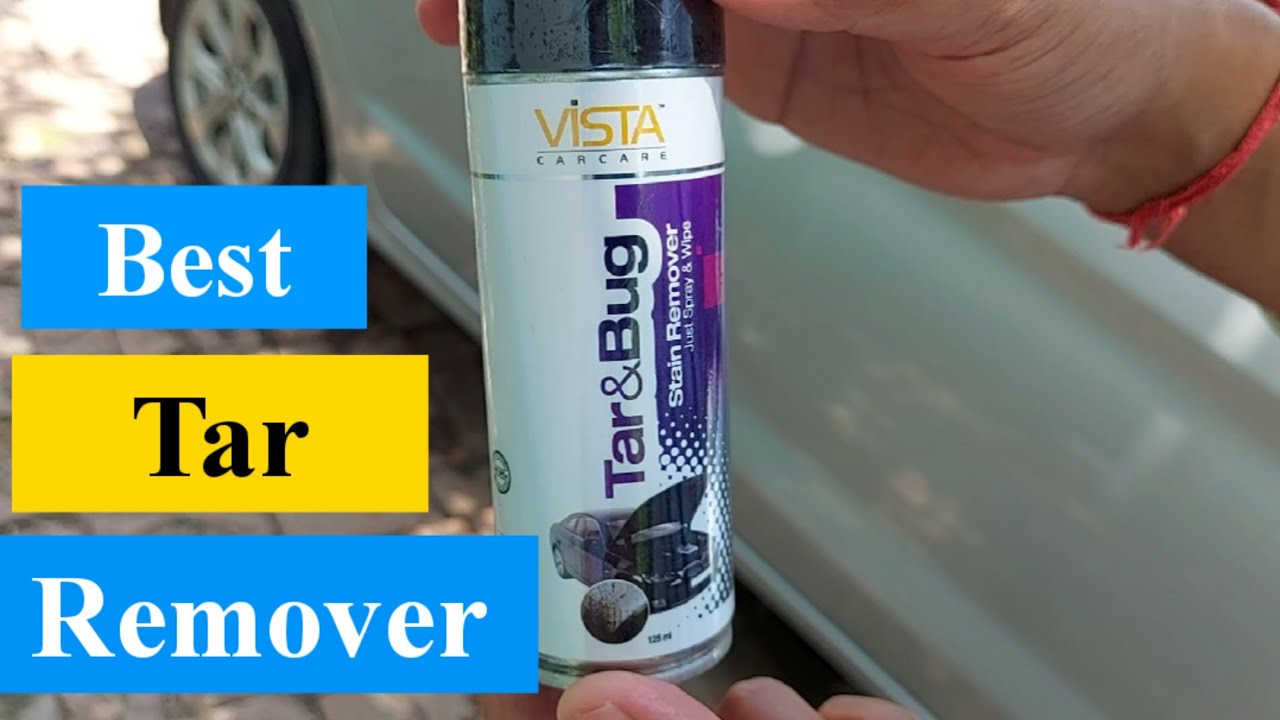
Effective Tar Remover for Car Paint: Protecting Your Vehicle’s Finish
Road tar is an unavoidable nuisance for car owners. This sticky substance, a byproduct of asphalt and road construction, adheres stubbornly to car paint, creating unsightly black spots and, if left untreated, potentially causing long-term damage. Choosing the right tar remover for car paint is crucial for maintaining your vehicle’s appearance and protecting its resale value. This article will delve into the world of tar removal, exploring different types of tar removers, application techniques, and preventative measures to keep your car looking its best.
Understanding Road Tar and Its Impact on Car Paint
Road tar is a complex mixture of hydrocarbons, oils, and other materials used in asphalt. When a vehicle drives over freshly paved or repaired roads, this tar can easily splash onto the lower panels, wheel wells, and bumpers. The dark color of tar makes it highly visible against lighter paint colors, diminishing the car’s aesthetic appeal.
Beyond aesthetics, tar can be detrimental to car paint. The hydrocarbons in tar can slowly dissolve the clear coat, leading to fading, discoloration, and even cracking over time. Additionally, the abrasive nature of tar, especially when combined with dirt and grime, can scratch the paint surface during cleaning attempts. Therefore, prompt and effective tar removal for car paint is essential.
Types of Tar Removers for Car Paint
Several types of tar removers are available on the market, each with its own set of advantages and disadvantages. Understanding these differences is key to selecting the right product for your needs:
- Solvent-Based Tar Removers: These are typically the most potent and effective at dissolving tar. They contain strong solvents that quickly break down the tar’s adhesive properties. However, they can also be harsh on certain paint types and require careful application to avoid damage. Always test a small, inconspicuous area before applying to the entire affected area.
- Water-Based Tar Removers: These are generally considered safer for car paint as they contain milder solvents. While they may not be as fast-acting as solvent-based removers, they are less likely to cause damage. They often require more dwell time and agitation to effectively remove tar.
- Clay Bars: Clay bars are not specifically designed for tar removal, but they can be effective for removing light tar deposits and other contaminants embedded in the paint. They work by gently lifting the contaminants away from the surface. However, they require proper lubrication to avoid scratching the paint.
- All-Purpose Cleaners: Some all-purpose cleaners can be used to remove tar, but their effectiveness varies. Choose a cleaner that is specifically labeled as safe for automotive paint. Test in an inconspicuous area first.
Choosing the Right Tar Remover for Your Car
Selecting the appropriate tar remover for car paint depends on several factors, including the severity of the tar contamination, the type of paint on your vehicle, and your personal preferences. Consider the following:
- Paint Type: Some paint types, such as single-stage paints, are more sensitive to solvents than others. Consult your vehicle’s owner’s manual or a professional detailer to determine the best tar remover for your paint type.
- Severity of Tar Contamination: For heavy tar deposits, a solvent-based tar remover may be necessary. For lighter contamination, a water-based remover or clay bar may suffice.
- Ease of Use: Consider the application method and dwell time required for each tar remover. Choose a product that you are comfortable using and that fits your available time.
- Safety: Always prioritize safety when working with chemicals. Wear gloves and eye protection, and work in a well-ventilated area. Follow the manufacturer’s instructions carefully.
Step-by-Step Guide to Tar Removal
Proper application is crucial for effective and safe tar removal. Follow these steps for best results:
- Wash the Car: Before applying any tar remover, thoroughly wash your car to remove loose dirt and debris. This will prevent scratching the paint during the removal process.
- Apply the Tar Remover: Spray the tar remover directly onto the affected areas, following the manufacturer’s instructions for dwell time. Avoid spraying on plastic or rubber trim, as some removers can damage these materials.
- Agitate the Tar: After the dwell time, gently agitate the tar with a microfiber cloth or a soft-bristled brush. Avoid using excessive pressure, as this can scratch the paint.
- Wipe Away the Tar: Wipe away the dissolved tar with a clean microfiber cloth. Use a separate cloth for each section to avoid re-depositing tar onto the paint.
- Rinse the Area: Rinse the treated area thoroughly with water to remove any remaining tar remover residue.
- Wax or Seal the Paint: After tar removal, apply a coat of wax or sealant to protect the paint and restore its shine.
Tips for Safe and Effective Tar Removal
To ensure a successful and damage-free tar removal process, keep these tips in mind:
- Always Test in an Inconspicuous Area: Before applying any tar remover to the entire car, test it on a small, hidden area to ensure it does not damage the paint.
- Work in a Cool, Shady Area: Avoid working in direct sunlight, as this can cause the tar remover to evaporate too quickly and potentially damage the paint.
- Use the Right Tools: Use soft microfiber cloths and brushes to avoid scratching the paint. Avoid using abrasive materials like steel wool or scouring pads.
- Apply Multiple Applications if Necessary: For stubborn tar deposits, multiple applications of tar remover may be required. Allow sufficient dwell time between applications.
- Consider Professional Detailing: If you are unsure about tar removal or have a particularly valuable vehicle, consider hiring a professional detailer to handle the process.
Preventing Tar Buildup
While tar removal is a necessary task, preventing tar buildup in the first place can save you time and effort. Here are some preventative measures:
- Avoid Driving on Freshly Paved Roads: If possible, avoid driving on roads that have recently been paved or repaired.
- Apply a Paint Sealant or Ceramic Coating: Paint sealants and ceramic coatings create a protective barrier on the paint surface, making it more difficult for tar to adhere.
- Wash Your Car Regularly: Regular washing helps to remove tar and other contaminants before they can cause damage.
- Install Mud Flaps: Mud flaps can help to prevent tar and other road debris from splashing onto the car’s lower panels.
The Importance of Protecting Your Car’s Paint
Maintaining your car’s paint is not just about aesthetics; it’s also about protecting its value. A well-maintained paint finish can significantly increase the resale value of your vehicle. Regular tar removal, along with other preventative measures, is an investment in your car’s long-term appearance and value.
Conclusion
Tar remover for car paint is an essential product for any car owner who wants to keep their vehicle looking its best. By understanding the different types of tar removers, applying them correctly, and taking preventative measures, you can protect your car’s paint from the damaging effects of road tar. Remember to always prioritize safety and test any new product in an inconspicuous area before applying it to the entire car. With a little effort and the right products, you can keep your car looking showroom-new for years to come. [See also: Best Car Waxes for Protection] Consider a professional detailing service for challenging cases, ensuring expert care in tar removal. The right tar remover is a small price to pay for maintaining your car’s pristine condition and preventing long-term damage from stubborn road contaminants. Regular attention to tar removal for car paint ensures your vehicle remains a source of pride, reflecting your commitment to its upkeep.

